Cape Town dreads ‘Day Zero’ when the taps will run dry
Chronic drought has resulted in hundreds of residents being forced to queue overnight to stock up on water in South Africa’s second largest economic hub and tourism attraction
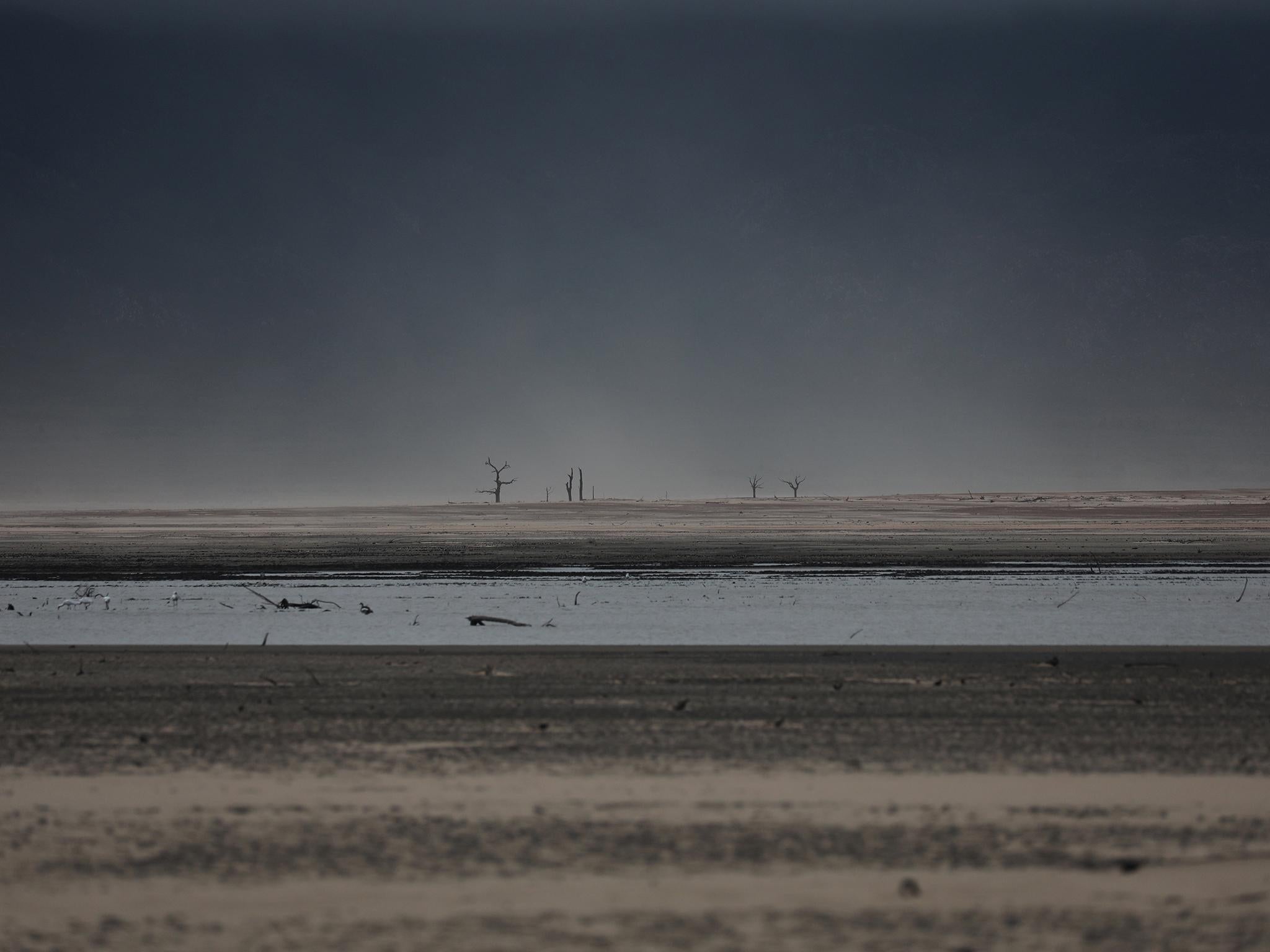
Your support helps us to tell the story
From reproductive rights to climate change to Big Tech, The Independent is on the ground when the story is developing. Whether it's investigating the financials of Elon Musk's pro-Trump PAC or producing our latest documentary, 'The A Word', which shines a light on the American women fighting for reproductive rights, we know how important it is to parse out the facts from the messaging.
At such a critical moment in US history, we need reporters on the ground. Your donation allows us to keep sending journalists to speak to both sides of the story.
The Independent is trusted by Americans across the entire political spectrum. And unlike many other quality news outlets, we choose not to lock Americans out of our reporting and analysis with paywalls. We believe quality journalism should be available to everyone, paid for by those who can afford it.
Your support makes all the difference.A tough water-saving regime and the generosity of farmers have given South Africa’s main tourist hub welcome respite from a severe drought and helped push back a dreaded “Day Zero” when Cape Town’s taps are expected to run dry.
On Tuesday, the city of four million moved its estimate for “Day Zero” to 9 July from 4 June due to a decline in water usage, and after the Groenland farmers association also released 10 billion litres of water from their private reservoirs into the Steenbras storage dam.
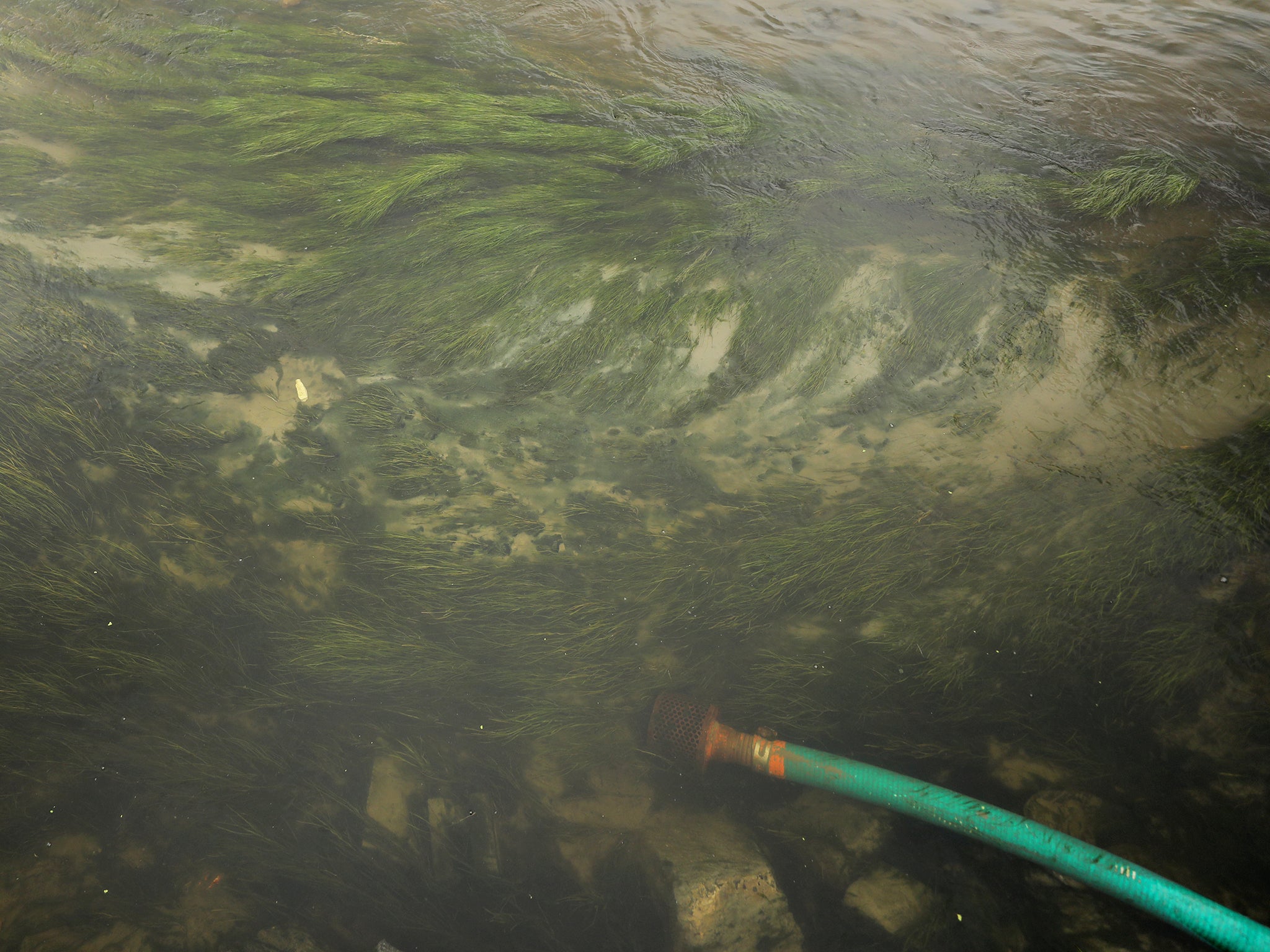
South Africa has declared a national disaster over the drought afflicted southern and western regions, including Cape Town, which means the government could spend more money and resources to deal with the crisis.
Cape Town, which attracts about two million visitors each year, wants to become more resilient as the effects of climate change are felt, similar to other dry cities including Melbourne and California.
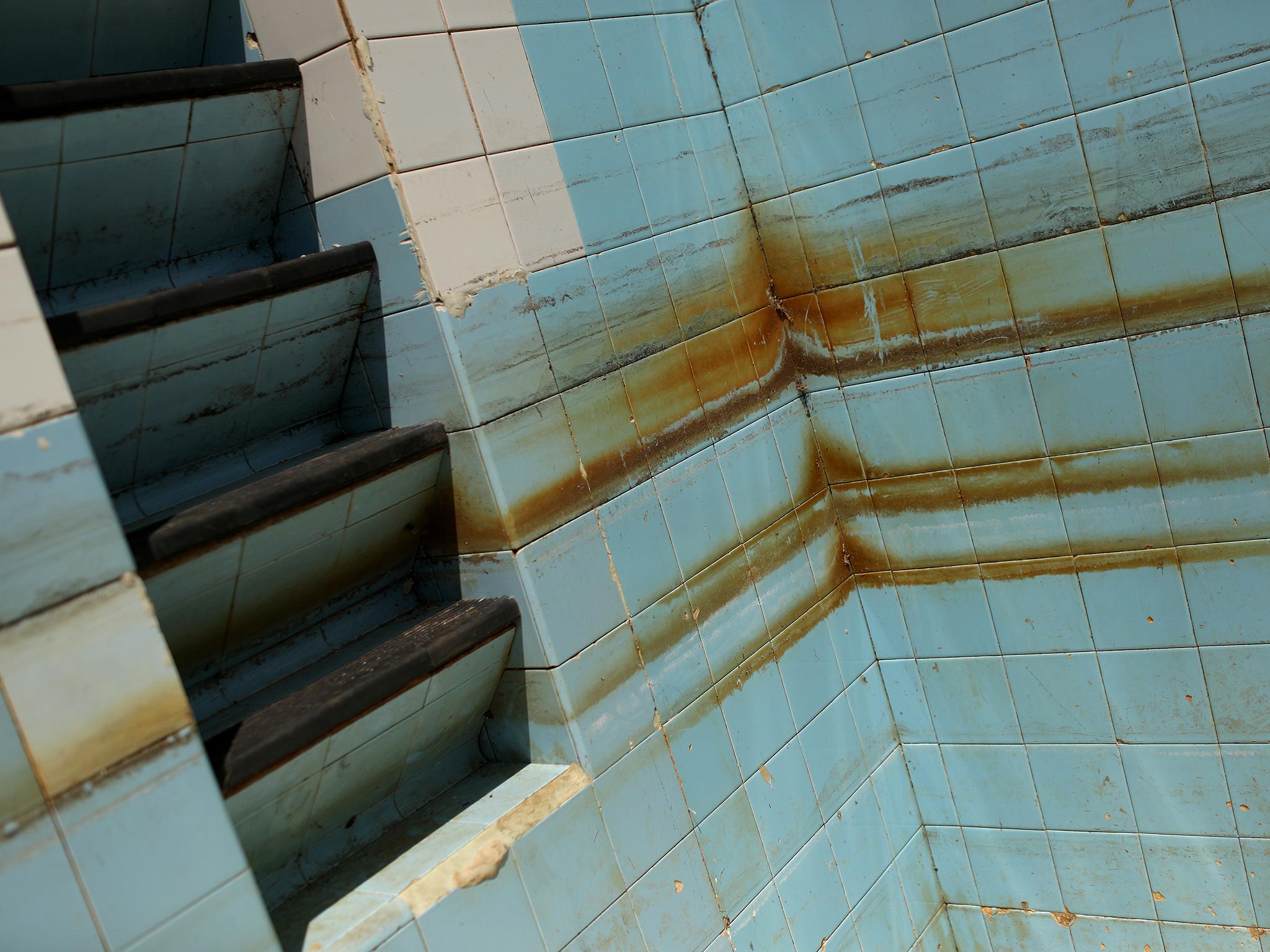
“We know that while we are going through a challenging time, we are building a world-class green economy that will be a beacon of hope for many places around,” said Tim Harris, chief executive for Wesgro, a regional trade and tourism agency.
The chronic drought is hurting visitor numbers and knocking a rare economic bright spot, officials said previously.
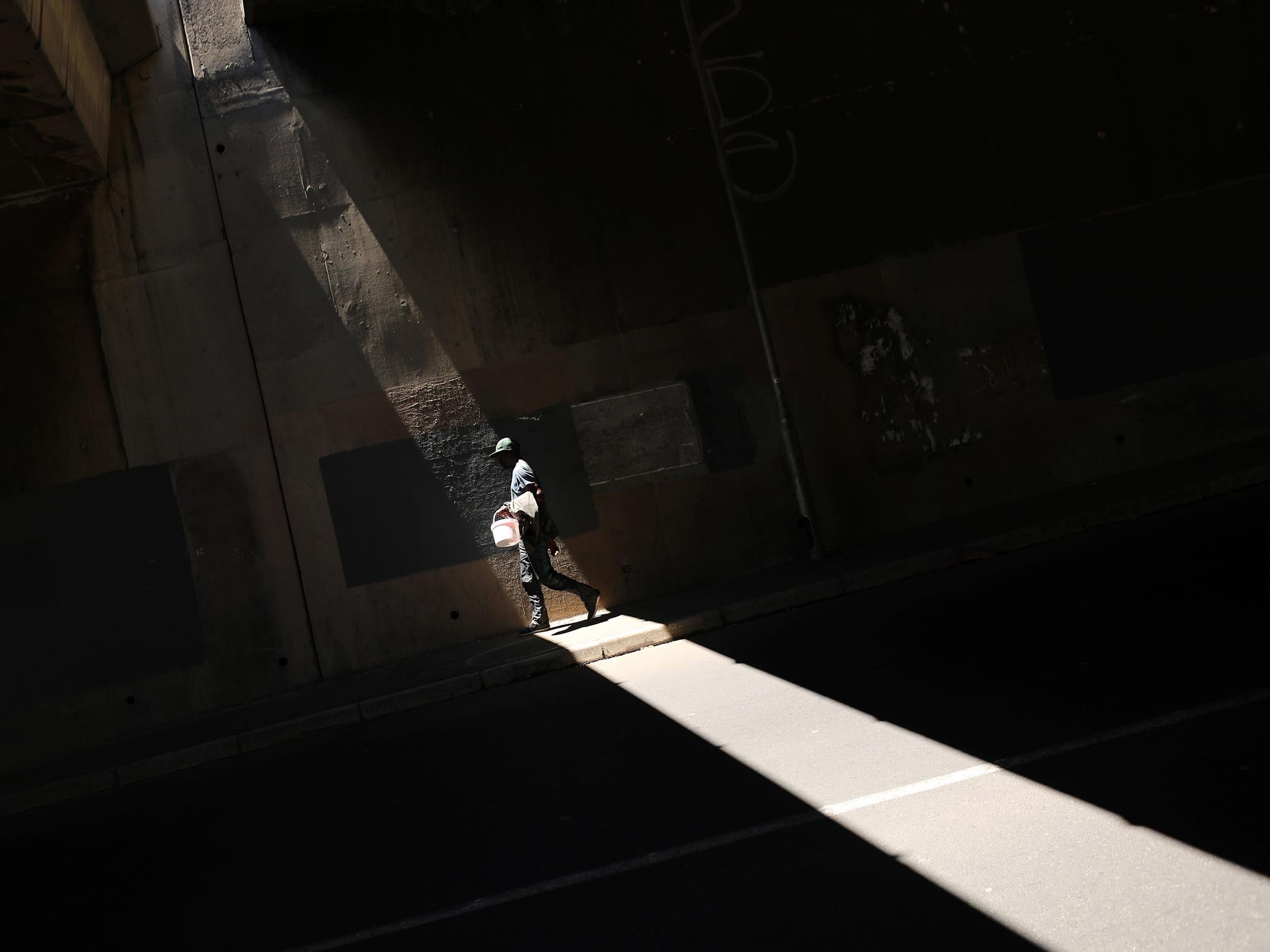
According to the South African Weather Service, two of the driest seasons ever recorded for the city since observations started in 1921 happened in the last three years: In 2015, when 549mm (21in) fell, and last year – the driest year on record – when annual rainfall totalled 499mm.
But, faced with severe water restrictions and punitive levies, residents of Cape Town have cut collective consumption by more than half in the last three years, as the city targets a daily consumption rate of no more than 450 million litres.
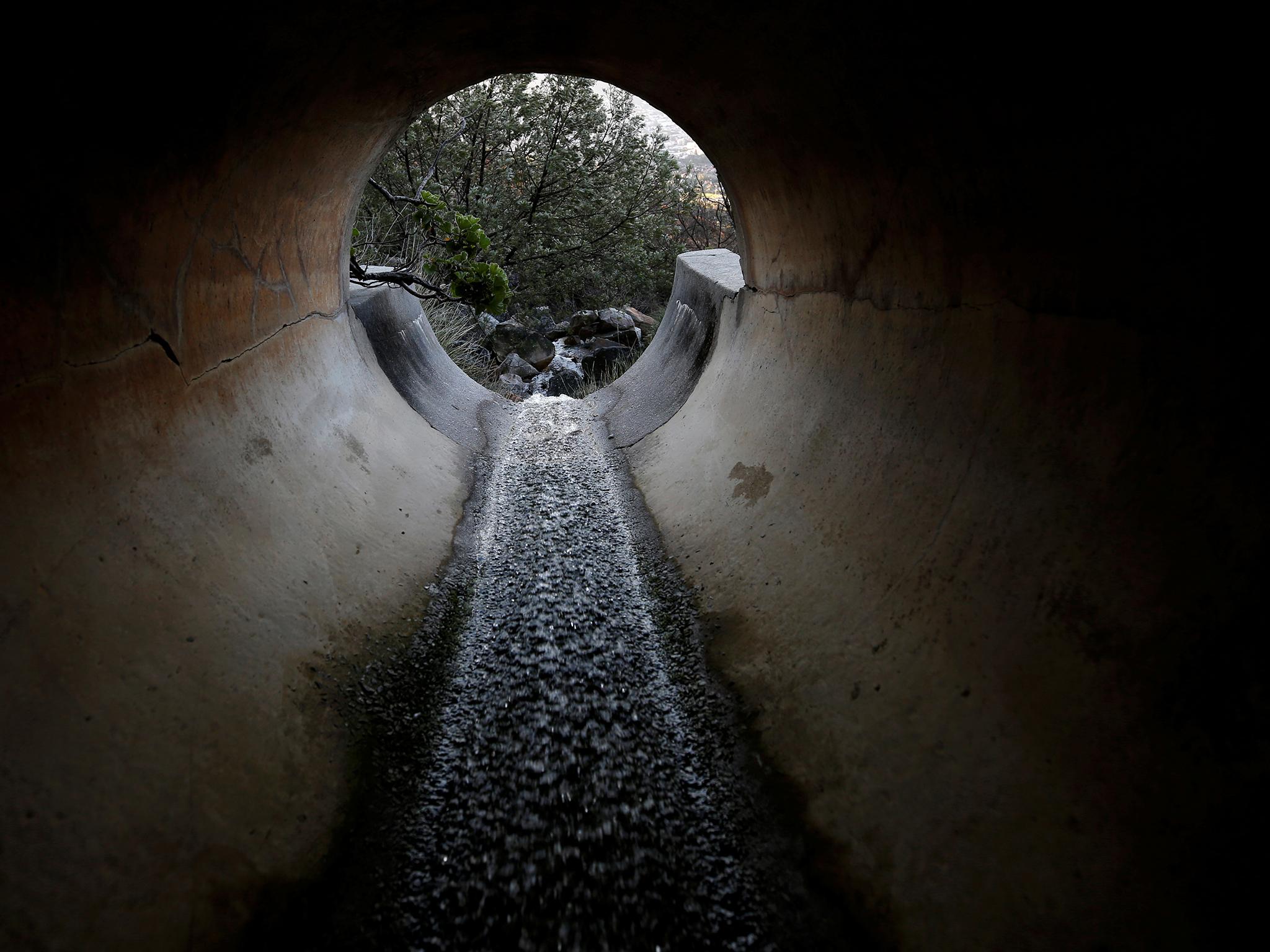
At the moment, restrictions make it compulsory for residents to use no more than 50 litres per person per day, as city officials look to see out the hot summer months into winter, when Cape Town usually gets rain.
“We must all keep doing absolutely everything in our power to reach the target set by the national department to reduce our urban usage by 45 per cent,” said Ian Neilson, the deputy mayor.
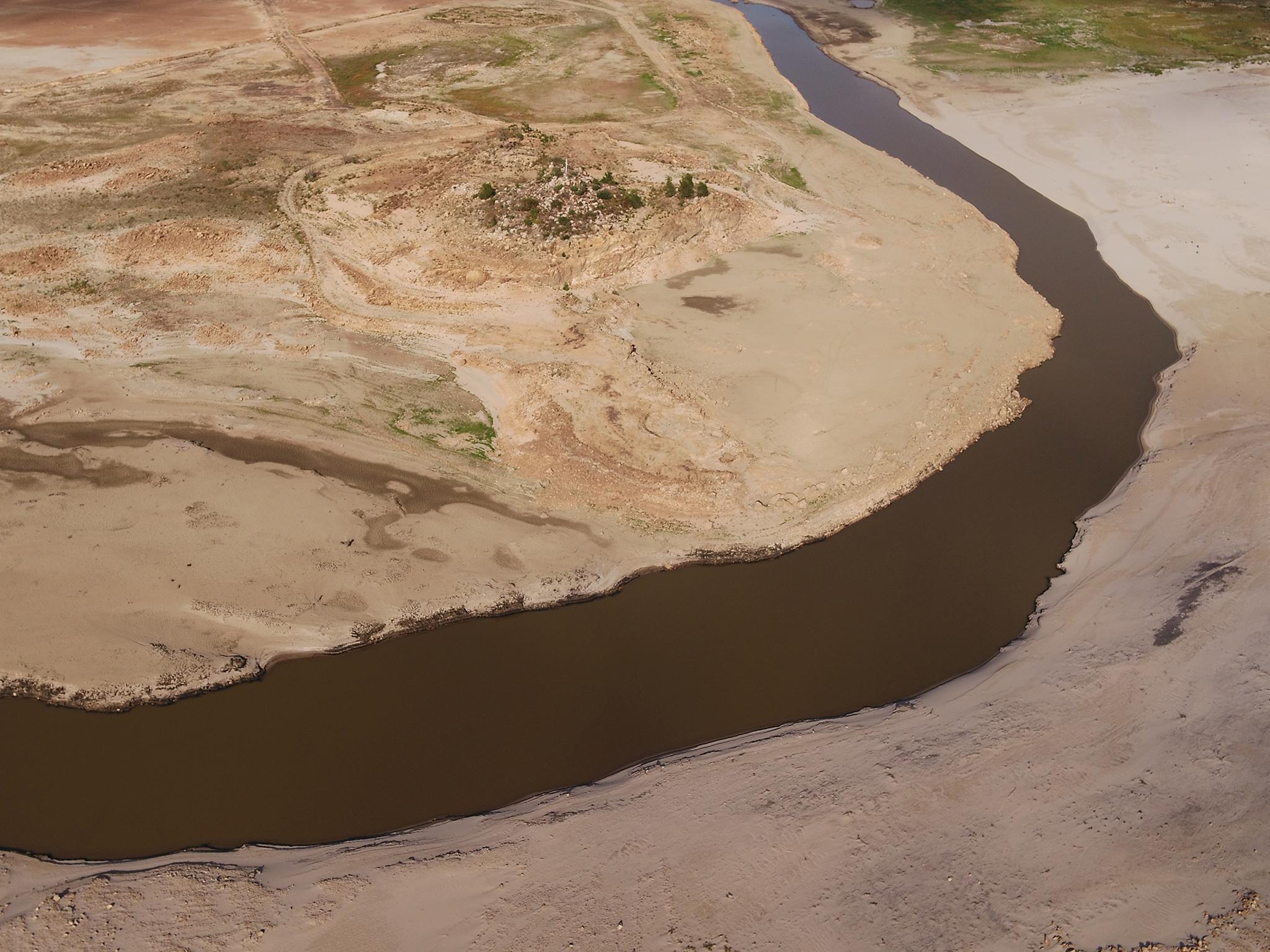
Already hundreds of Cape Town residents are being forced to queue overnight to stock up on water in South Africa’s second largest economic hub and tourism attraction.
However, several desalination plants are planned and together with underground water reserves, are expected to help augment water sources well into the future.
Join our commenting forum
Join thought-provoking conversations, follow other Independent readers and see their replies
Comments